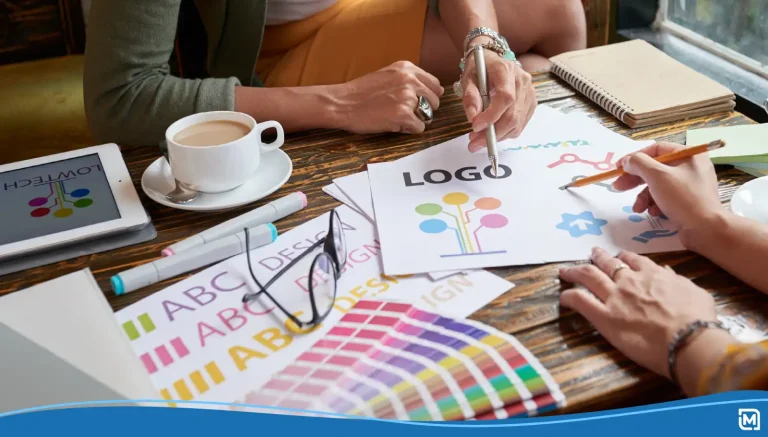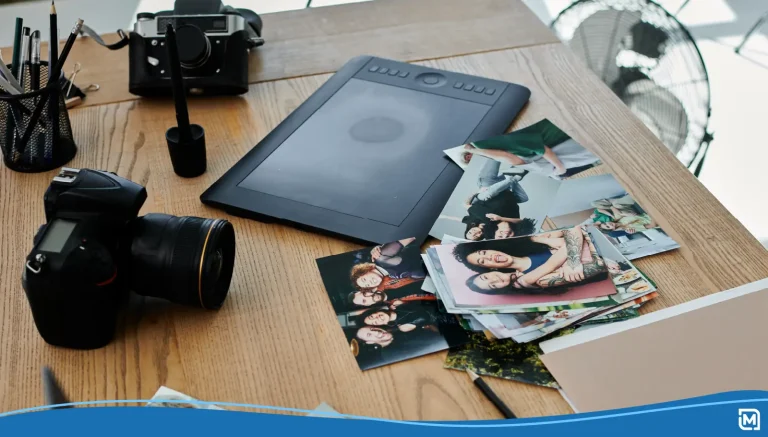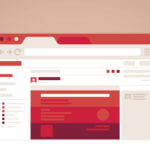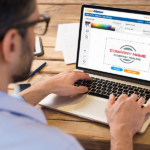When you’re ready to create a logo for your business, don’t be in a hurry to start designing. A great logo design will strengthen your brand and be part of your business for years. But if you dive into the process without understanding your goals, the result won’t be satisfying.
Have you ever seen the first Apple logo? In 1976, Ronald Wayne and Steve Jobs came up with a detailed hand-drawn illustration of Sir Isaac Newton sitting under an apple tree. This early design fit the company branding but had far too many elements, including a banner and a quote. Less than a year later, Jobs commissioned the more straightforward, streamlined apple silhouette that is still in use today.
Take time to figure out what you want to accomplish, so your final design is both memorable and flexible. Act too quickly, and you’ll run into problems when you try to translate your logo design to real applications.
Planning ahead helps you narrow your options, set guidelines, and avoid false starts, saving time and money. To produce stronger ideas, answer these crucial questions before you design a logo.
1. What Is Your Brand Message?
A logo design should tie in with your brand story as a whole and distinguish your business from competitors. The most famous logos are recognizable and show you how a brand’s perspective relates to the industry.
Try to pinpoint qualities that set your brand apart. What are the most important traits or concepts you want to communicate to your audience? How are your brand message and values different from similar businesses?
Once you have a list of descriptive phrases, try to simplify them further. A good logo can sum up your core brand identity with as few visual cues as possible. So, don’t overcomplicate things by starting off with complex ideas.
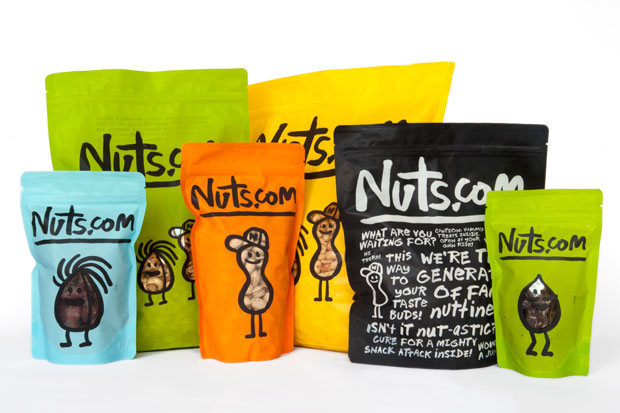
2. What Elements Do You Want to Include?
There are three main types of logos: wordmarks, logomarks, and combination marks. A wordmark is a stylized version of the business name that only contains typography. A logomark is an identifying symbol that represents a business. A combination mark unites both of these elements in one design.
If you plan to use a logomark by itself, it’s essential to create a unique symbol that can drive strong brand recognition. A generic icon is easy to confuse with more established logos, which defeats the purpose of a brand symbol. A wordmark lets everyone know your name, and you have endless options to customize it for your brand.
For most small businesses, a well-designed combination mark offers the most flexibility. You can use the symbols and typography together or apart, tailoring the layout to fit different applications.

3. What Is Your Brand Personality?
One reason why logos are so powerful is their ability to make a strong first impression about the brand. Some logos have so much personality that you can guess what the brand stands for without knowing anything about the business.
The Four Seasons Hotel logo embodies heritage and luxury. The Comfort Inn logo conveys a sense of unceremonious warmth and hospitality. Sandals Resort uses a bright script wordmark that exudes pleasure and cheerfulness.
What first impression do you hope to make with your logo? Outline your brand personality. Then, use these characteristics to pick design elements that speak to your target customers, including style, color, and font.

4. What Resonates With Your Audience?
You may be the architect of your brand, but consumers ultimately decide what you represent. Businesses struggle to maintain a loyal audience when they betray their image or don’t deliver what they promise.
Back in 2009, AOL made this mistake by unveiling a new sans serif logo. The entire design consisted of the company name in Helvetica font with a period at the end. To add to the strangeness, the logotype appeared as negative space layered over background images.
The goal was to present AOL as a dynamic brand driven by creative content. Instead, the logo painted AOL as a confused dinosaur that still hadn’t figure out its new identity after being displaced by newer internet technologies. AOL confirmed public opinion by trying to adopt an unrealistic image.
Relying on random or meaningless images to tell a brand story is a big mistake. A good logo needs some memorable or expressive focal point that people can connect with.
Think about what your customers expect from you and how well your business satisfies their needs. What do people love about your business? You can make your brand logo distinctive by highlighting an aspect of the customer experience that resonates with your audience.

5. What Design Tools Do You Have Available?
Determine the best tools to create a logo based on your experience, timeline, and budget. If you prefer a DIY method but lack design know-how, an online logo maker can help you come up with a professional-quality layout. With an online logo maker, you combine preformatted templates, fonts, and artwork to produce a unique brand mark for your business.
Do you have experience with graphic design? Consider using professional software, such as Adobe Illustrator, CorelDRAW, or Inkscape, to edit graphics. Keep in mind, these programs have a steep learning curve, and your project will be frustrating and time-consuming if you try to wing it. Be prepared to encounter problems if you don’t understand different file types or how to work with layers, textures, and typography.
Do you have solid art skills under your belt? Hand-drawn designs are a popular choice for wordmarks and logomarks because they offer an authentic, one-of-a-kind feel. You can use graphic design software to digitize your artwork or hire a designer to convert it, which is less costly than working with a pro from start to finish.
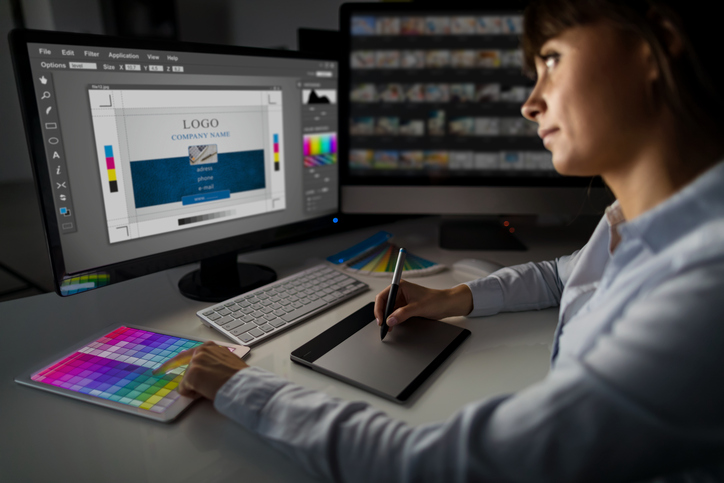
6. Where Do You Plan to Use Your Logo?
Be practical about how and where you intend to use your logo. Do you mainly promote your brand online or with business cards? Or do you plan to invest in a range of promotional media, such as T-shirts, calendars, and drinkware?
Designs that are hyper-detailed or rich in color are costlier to print and will eat up more of your promotional budget. You don’t have to worry about many of these cost considerations if you primarily use your logo online. For long-term versatility, it’s beneficial to design black-and-white and color versions of your logo for different media.
Graphic design projects can turn into a maze of obstacles when you make decisions without a plan. It’s common to run with a half-baked idea, only to find that it doesn’t adequately serve your needs or distinguish your brand. Instead of hitting dead ends and backtracking, try to refine your logo design goals. Gain a deeper understanding of your brand, so you can design a logo that makes your business unforgettable.
